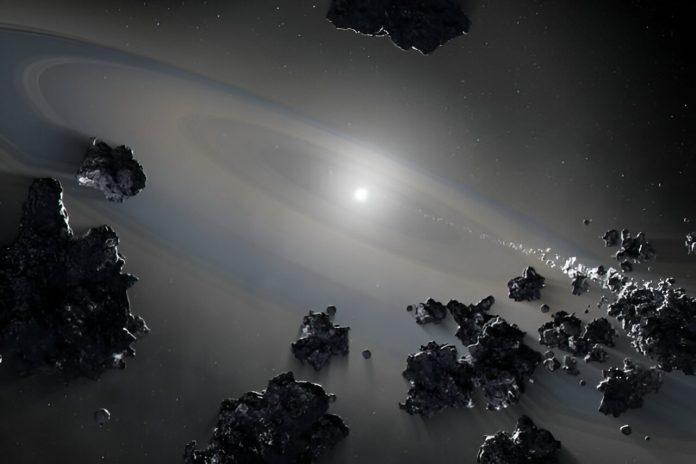
Astronomers have recently discovered hundreds of white dwarf stars in our Milky Way galaxy that are “polluted” by planets they’ve consumed.
These stars are valuable for studying the insides of distant, destroyed planets, but they are notoriously difficult to find.
Thanks to a new artificial intelligence (AI) technique, scientists are now identifying these elusive stars much more quickly and accurately.
White dwarfs are stars that have reached the end of their life cycle. After burning up all their fuel, they shed their outer layers and slowly cool down.
Our sun will one day become a white dwarf, but not for another 6 billion years. Sometimes, the planets orbiting a white dwarf get pulled in by the star’s gravity, torn apart, and “eaten” by the star.
When this happens, the star’s atmosphere becomes “polluted” with heavy metals from the planet’s core.
“For polluted white dwarfs, the insides of the planets are literally seared onto the surface of the star for us to study,” explained Malia Kao, a graduate student at the University of Texas at Austin and the lead author of a new study on the subject.
“These polluted white dwarfs give us the best way to understand what planets outside our solar system are made of.”
However, finding these polluted stars is not easy.
The evidence of heavy metals in their atmospheres is subtle and can only be detected within a short period of time. Traditionally, astronomers had to manually sift through large amounts of survey data to find these stars, a time-consuming and challenging task.
To speed up the process, Kao’s team used an AI technique called manifold learning. This method allows an algorithm to scan large datasets and group similar items together, making it easier for researchers to identify patterns and spot promising candidates for further study.
The team applied this technique to data from the Gaia space telescope, which had collected spectroscopic information on over 100,000 possible white dwarfs.
Despite the data’s low resolution, the AI was able to identify 375 stars that showed signs of pollution by heavy metals. Follow-up observations with the Hobby-Eberly Telescope at UT’s McDonald Observatory confirmed that these stars were indeed polluted white dwarfs.
“Our method can potentially increase the number of known polluted white dwarfs tenfold, allowing us to better understand the variety and geology of planets outside our solar system,” Kao said.
“Ultimately, we want to figure out whether life can exist elsewhere in the universe. If our solar system is unique, it might also be unique in its ability to support life.”
This innovative use of AI is just one example of how researchers at The University of Texas at Austin are using cutting-edge technology to solve some of science’s biggest mysteries.
The university has declared 2024 the Year of AI to highlight and advance these groundbreaking innovations.



